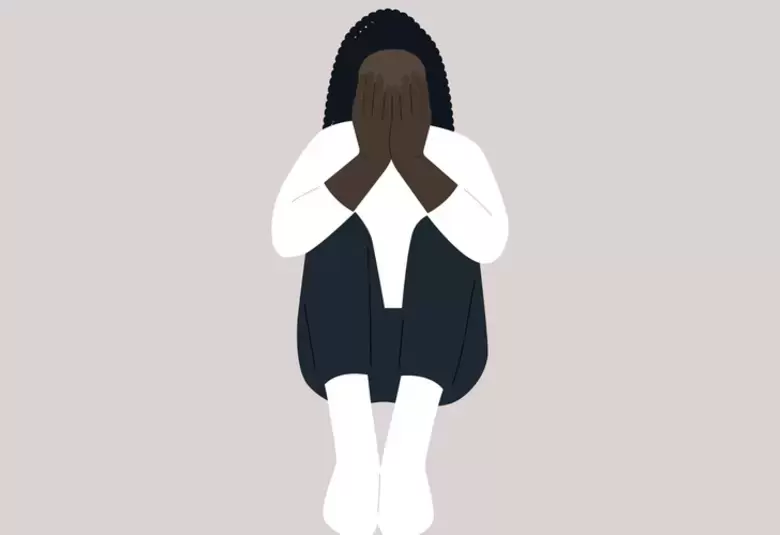
Wise restraints: Ethical dilemmas in the management of violence in clinical psychiatry
At the 2023 RANZCP, Dr Adshead, a forensic psychiatrist and psychotherapist and author of the book “The devil you know”, was welcomed to address the audience on violence in psychiatric care and the ethical dilemmas that arise in its practice.
One of the key issues Dr Adshead raised is whether it is possible to practice psychiatry of any kind without the use of restraints or restrictive practices. The overall goal is to help services be less restrictive and still support patients who are violent.
patients may see these restrictive practices as abusive and even violent, and re-traumatising to those people who are already in a vulnerable state
Dr Adshead began by covering restraints on liberty generally, and that we all experience some restrictions to live in society. For example, we all experienced a pandemic and submitted to public health legislation. When it comes to restraining people with a mental illness, however, there has been longstanding concerns because patients may see these restrictive practices as abusive and even violent, and re-traumatising to those people who are already in a vulnerable state. Sometimes the very people we are trying to help describe themselves as ‘survivors’ of the healthcare system, Dr Adshead stated, with up to 75% of patients reporting some kind of unwanted physical or sexual experience (Thomas et al., 1995). Unfortunately, some of what we see playing out are toxic relational patterns from the patients’ difficult childhood experiences and exposure to trauma, Dr Adshead noted.
Sometimes the very people we are trying to help describe themselves as ‘survivors’ of the healthcare system
“The patients that we work with are vulnerable to disparities of power and exercise of power by staff”, explained Dr Adshead, including being detained involuntarily. Sometimes patients who do not require restrictive practices are still labelled as having “risky behaviour”, and often this may not be due to the patient but rather a service capacity issue, such as low staffing levels, younger staff, and even poor training and competence levels. There is also a general lack of understanding about how problematic behaviours can be the result of escalating levels of fear in a patient when they do not receive appropriate support.
a number of factors need to be simultaneously present for violent behaviour to occur, and some of these factors include power discrepancies, gender norms, ward atmosphere, and being in any mental state that induces fear, shame or anger
It is important also to note, Dr Adshead cautioned, that a number of factors need to be simultaneously present for violent behaviour to occur, and some of these factors include power discrepancies, gender norms, ward atmosphere, and being in any mental state that induces fear, shame or anger. Managing their fear levels is a big ask for our patients, but managing one’s own fear is also difficult for our nursing staff who experience one of the highest levels of occupational violence.
restraining people has an emotional cost and impact on them, but it also has an impact on staff, in that they can feel ashamed of what they have had to do to a patient
Dr Adshead explained that we know that restraining people has an emotional cost and impact on them, but it also has an impact on staff, in that they can feel ashamed of what they have had to do to a patient. It contributes to the concept of “emotional labour” in the workplace, which we often do not discuss. There are different kinds of solutions to these issues, and to avoiding the adversarial life on wards. Increased attention to training of staff including in de-escalation techniques, staffing levels, and the way services are set up, including the physical environment and architecture all have an impact, Dr Adshead said. Another area we can intervene to reduce violence is by paying attention to psychological formulations of violence, because “violence doesn’t just originate from nowhere”. This would include helping patients to articulate what is making them want to hurt or intimidate, and paying attention to painful, shameful memories.
Lack of training, lack of resources, and lack of time are the true culprits
Minimal staff and poor training is the norm, and this is our fault and directly contributing to the issue, Dr Adshead explained. Is it fair? Would the situation of violence be drastically different if there were two staff members to support every one patient, Dr Adshead asked. Lack of training, lack of resources, and lack of time are the true culprits, and if we address these we can make patients and staff feel more secure at work.
Our correspondent’s highlights from the RANZCP 2023 congress are meant as a fair representation of the scientific content presented. The views and opinions expressed on this page do not necessarily reflect those of Lundbeck.
AU-NPSCZ-0021. August 2023.




